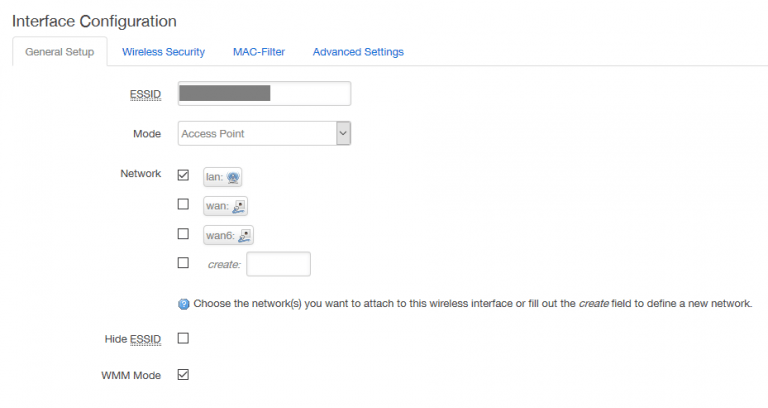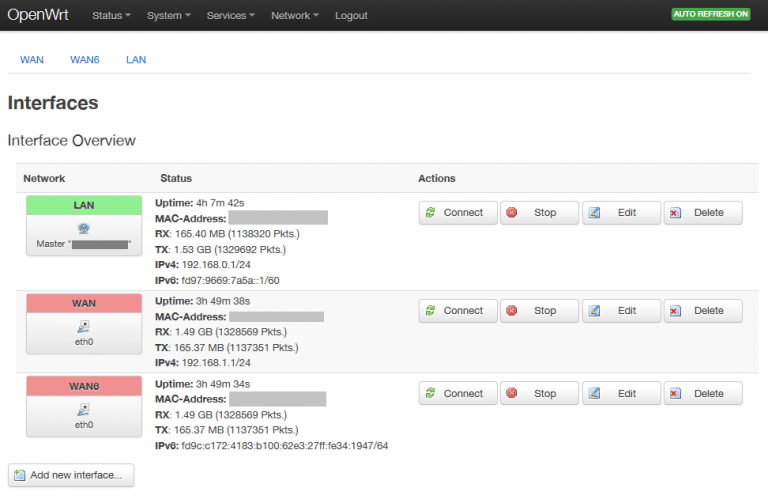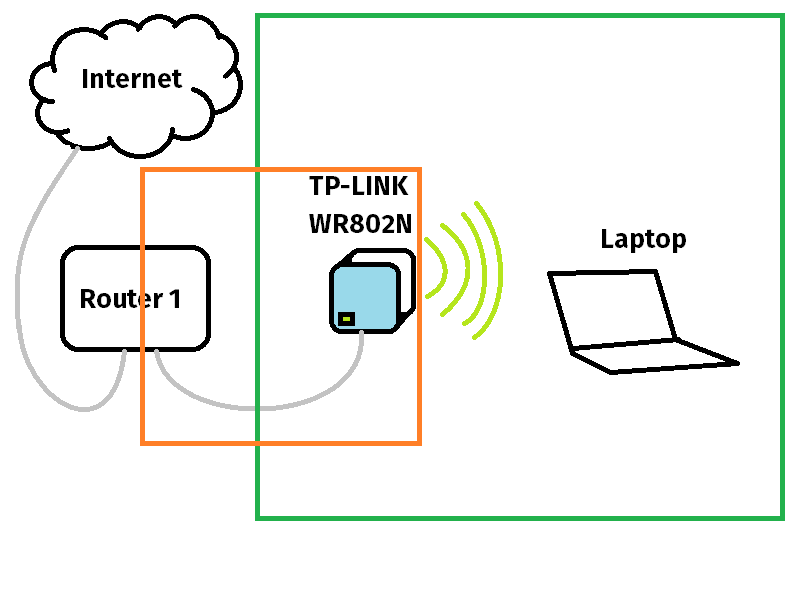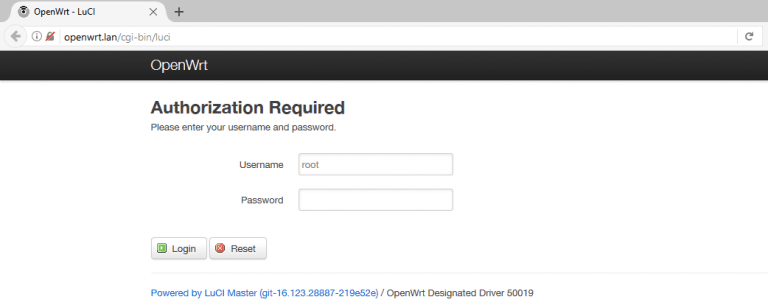This is my journey of installing and figuring out the right configuration for my TP-Link TL-WR802N router.
Background
Back in 2nd half of 2015, I found it quite troublesome to set up a local Wi-Fi network in my hostel room through my laptop. The hassle is that my laptop needed to be turned on so there will be Wi-Fi. Moreover, the local Wi-Fi was quite unstable for intensive data transfer (e.g. copying file from my laptop to my Surface tablet over Wi-Fi). So, I went out to Challenger (a local IT store) and found a small Wi-Fi router for around $50 (SGD). TP-Link TL-WR802N (I’ll later refer this as “WR802N”), has one Ethernet cable input and one micro-USB power input. It is meant to cast Ethernet cable’s Internet into Wi-Fi. So yeah.
Why OpenWRT?
Because FOSS. No, just joking. The firmware that came from manufacturer works pretty well and I have no complaints about it. The actual reason is that I’m bored and would like to try something out. I heard that using OpenWRT, one could install adblock on DNS-level and it could block even ads appearing on mobile apps. So I set out to try OpenWRT, but I have one issue: the page of OpenWRT of my device looks empty and the related forum page seems quiet.
Installing
Installing OpenWRT was meant to be just uploading the OpenWRT on “update firmware” section of the router admin page. I tried several suggestions from the forum and yet I was not successful (the admin page rejects the file). Luckily, on the 2nd page of that forum, there’s a person posting file that just works. I chose the one file with “LUCI” web interface, because I hope that it is safer this way.
Configuring
My first impression after the “upgrade” was that I suspect that my WR802N was bricked (broken permanently) as the LED wasn’t blinking anymore after I restart it several times and yet there is no Wi-Fi that I could find. Later I found out that this was the expected behavior. Yeah, I need to remember that OpenWRT default configuration was a default traditional router: one cable in, many cable out, not Wi-Fi. So I connected WR802N directly to my laptop (using Ethernet cable from the device to my laptop), and it shown some signs of life! The first step that I take is to navigate to its admin page and setup a password.
Afterwards, I found that the Wi-Fi, by default, wasn’t set up yet, so I configured it first from Network > Wifi. Quite straightforward: put a hotspod name on ESSID (as Wi-Fi SSID), pick “Access Point”, and put up password on “Wireless Security”

Then, after making sure that my a Wi-Fi access point was there, I tried the normal setup again (connecting my Ethernet cable which is connected to the Internet to WR802N) but still no luck with broadcasting Internet over Wi-Fi. Finally, after messing different configurations, I found out that I forget the fact that OpenWRT default configuration was meant for cable-only router and not Wi-Fi router. So, here are the current configurations that works.

Essentially:
- At LAN,
- Select protocol static address
- Give an IPv4 address, this will be the router’s IP address on the local network that is connected to your laptop
- At Physical Settings, untick the “Bridge interfaces” and on Interface, select only the “Wireless Network”
- Essentially, this router on “LAN” network (the Wi-Fi network) should broadcast Internet to everyone.
- At WAN and WAN6,
- Select protocol DHCP Client (I’ll explain why below)
- At Physical Settings, on Interface, select “Ethernet Adapter”
- Essentially, this router on the “WAN” networks will be a client to receive Internet connection
Now the network looks like this (the one in green box):
By the way, FYI, my overall network looks like that in the picture. I have Router 1 which deals with connecting the network in Orange box access to Internet. This is why at WAN and WAN6 of the WR802N is set as DHCP Client.
Sidenote: LED
Oh yeah, regarding the LED that is off which LED me to think that my WR802N is bricked: On OpenWRT web interface’s System > LED Configuration, I added a new configuration (clicked “Add”), chose LED name “tp-link:blue:system”, and trigger “phy0tpt”. Finally, “Save & apply” and the LED now blinked a lot. Well, it is better to blink rather than not.
Result
So, apparently now I have at least configured it to match its factory version. I tried to install adblock through its package manager, but it returns some obscure error messages where I didn’t bother to fix, yet.
Conclusion
I’ve flashed OpenWRT to my Wi-Fi router and configured it such that it could work as Wi-Fi router, not a Ethernet-cable-network router.
I know it’s messy and confusing (I’m no expert in network either). I’m sorry, it’s my personal technical note. Hopefully at much later time, I could appreciate myself for writing this piece. Thank you very much.
Note: The firmware posted at https://github.com/RickP/OpenWRT-for-WR802N seems to only work for TL-WR802N V1 and does not work for later versions (V2 onwards)




Hi Kenrik, a few questions:
Did you measured network performance on the original firmware and OpenWRT?
What hardware version is your router? (There are 4 as of today I believe)
Did you flashed the original firmware back? How?
Hi there, no, I didn’t measure the performance before and after the switch. Hmm, how to tell which version that I have? The words written over is just “TP-Link WR802N” (but I noticed that it’s using the old TP-Link logo). No, I didn’t flash original firmware back.
TP-Link WR802N I am looking for the OpenWRT firmware file ?
You could download it from here: https://github.com/RickP/OpenWRT-for-WR802N
The file is to large…How on earth did you upload this on a V1 tp link????
Hmm I don’t remember having any trouble uploading the file though